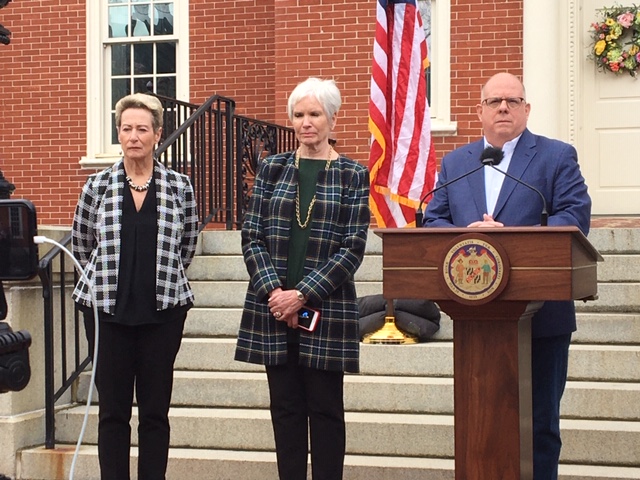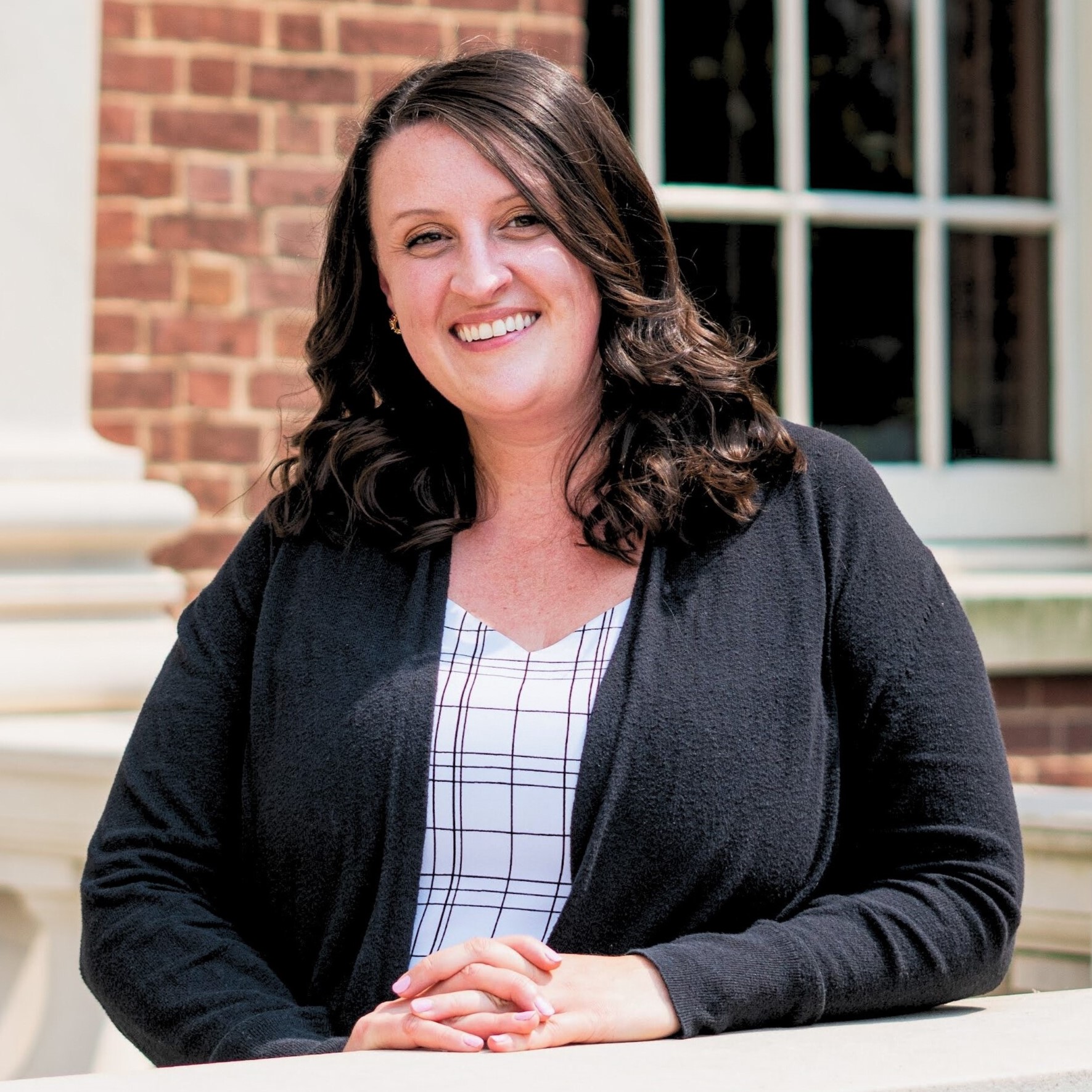Recovery Plan Includes More Child Care Providers, State Support for Essential Workers Until June 7

Maryland has added 125 child care sites and 21,500 additional child care slots to serve children whose parents are returning to work as state restrictions on businesses are lifted, the State Department of Education announced on Wednesday.
The state has also opened additional applications for child care providers to reopen, following rigorous health and safety guidance set by state education and health departments. Each new site will receive a one-time grant for cleaning, sanitizing and supplies.
The state of Maryland will continue to pay for child care for essential workers through June 7; employees of other businesses that were allowed to reopen over the weekend have access to child care programs, but must pay for care themselves.
Beginning June 8, essential workers will also begin making payments directly to child care providers, according to Wednesday’s announcement.
The state’s child care industry is expected to ramp up gradually as restrictions on business and public gatherings are lifted.
“We extend our heartfelt thanks to Maryland’s child care providers, teachers and staff who have agreed to deliver services for essential persons and first responders, as well as those child care providers who have remained closed for the health and safety of their staff and families,” Karen B. Salmon, state superintendent of schools, said in a statement on Wednesday, as a phased-recovery plan for child care was unveiled.
The plan loosely tracks Republican Gov. Lawrence J. Hogan Jr.’s “Roadmap to Recovery” for reopening other sectors of the state.
The first recovery stage for child care continues to stress social distancing and reducing exposure to the virus as much as possible. The state will also consider allowing child care centers to install room partitions to allow them to serve more children in small groups.
If families are able to, they are strongly urged to keep children at home.
Now and into the near future, child care centers must use increased health and hygiene measures, including wearing masks, checking temperatures and practicing social distancing. Groups of children must be kept small and isolated from others in the same child care centers. Common areas should be avoided, including during meal times.
During limited operations to provide care for children of essential personnel, 50 child care providers had to close down for between five and 14 days after a staff member, parent or child had symptoms of COVID-19 or tested positive, according to the report.
The education department will consider expanding child care limits beyond groups of 10 during Phase Two of the statewide child care reopening plans, with enhanced health and safety precautions still in place.
Phase Three would return licensed child care to existing state law, though centers would likely operate under a very different “new normal.”
“Maryland’s family and center-based child care providers are critical to our recovery efforts – we will move forward together with safety as the priority,” Salmon said Wednesday.
The report released Wednesday includes a survey of 309 child care providers from the Maryland State Child Care Association in late April. The survey found:
- Child care providers with more than 10 children in their care lost 46% of their total capacity under COVID-19 restrictions because of open layouts and rules limiting the number of children in each enclosed space to 10 people or less.
- Family-based care centers, which must include household residents in group-size limits, lost about 12% of their child care capacity.
- More than 1,500 families had withdrawn from the child care programs surveyed during the public health crisis.
- About 74% of families hope to return to their child care provider when programs reopen.
- Forty-three percent of child care providers said they worry about being able to adequately staff their centers upon reopening.
Organizations have encouraged the state to consider subsidizing child care providers during the state’s reopening plan, to help them recover from lost income and to compensate for any reduced capacity for care into the future.




 Creative Commons Attribution
Creative Commons Attribution